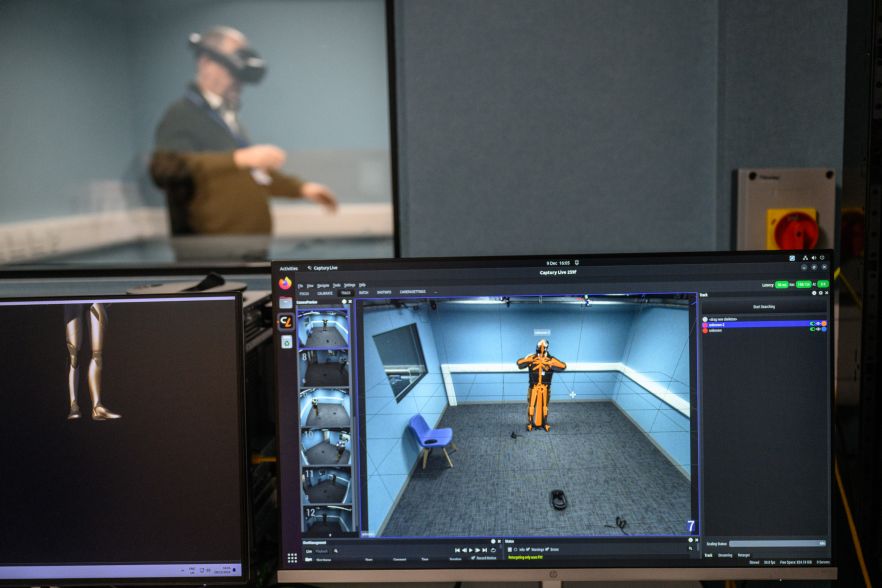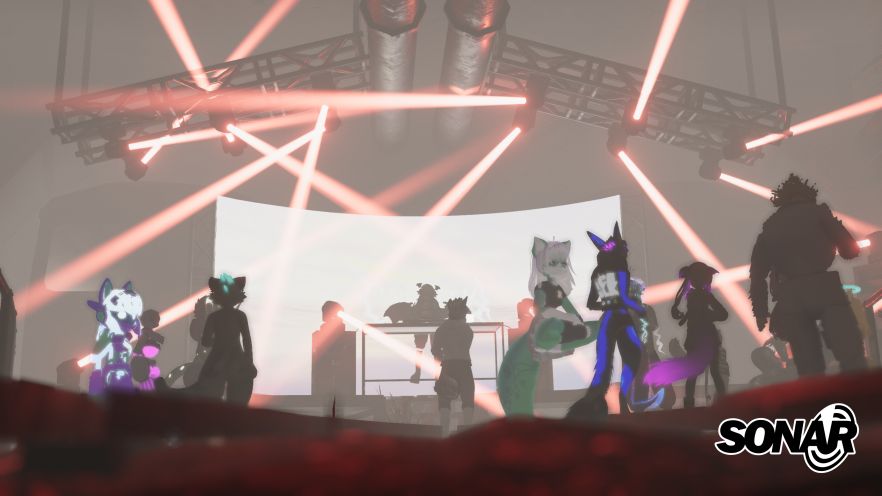Research Facilities


Social interaction is fundamental to human life. It has been a critical driver of human evolution, it is essential for development, learning, and innovation, and it has profound effects on long-term health and well-being. However, technology is radically transforming how we interact. New environments such as social media, online meetings, collaborative gaming, and social virtual reality are reshaping our social lives. These technologies now permeate work, dating, leisure, and beyond. Increasingly, technology is even substituting for human interaction—answering questions, acting as therapists, and even providing grieving individuals opportunities to interact with digital representations of lost loved ones.
The Human Interaction Lab is a sound insulated control room and capture space. It is equipped with a 12 camera state-of-the-art marker less motion-capture system, GPU servers for creating virtual environments and a range of head mounted displays (Occulus, VisionPro, Vive Pro). We also have a set of mobile EEG headsets for recording neural responses.
The guiding principle of our research programme is that moments of misunderstanding—where breakdowns in communication are detected and repaired—reveal the underlying mechanisms of human interaction. By studying these processes, we are uncovering the building blocks of effective communication.
Our research is advancing the field in three critical ways:
- Measuring Interaction: We develop tools that can sense and quantify key interaction dynamics, such as mutual engagement and understanding, providing new ways to evaluate the quality of human communication.
- New Experimental Paradigms: We are pioneering experimental platforms to test the impact of different conversational styles and behaviors on live social interactions, enabling controlled studies of the mechanisms that enable people to connect and collaborate.
- Practical Applications: We create tools that improve communication. For example, enhancing patient-provider interactions in healthcare. This work was ranked joint first for research impact in computer science during the UK’s most recent research evaluation exercise.
Our ultimate goal is to shape a better future for human relationships by designing environments that augment and transform social interactions. We aim to enable richer, more expressive, and more effective human encounters, ensuring that as technology evolves, it enhances—rather than diminishes—the core aspects of human connection.

